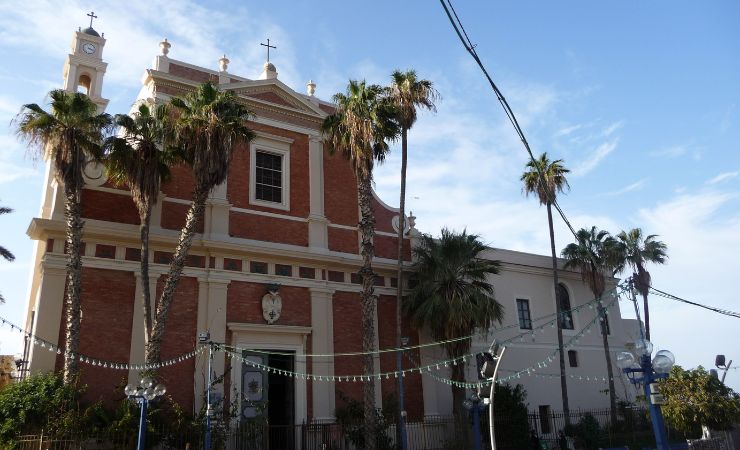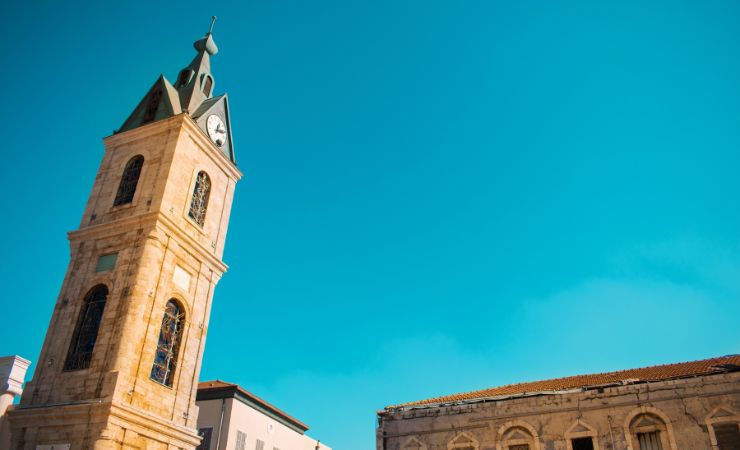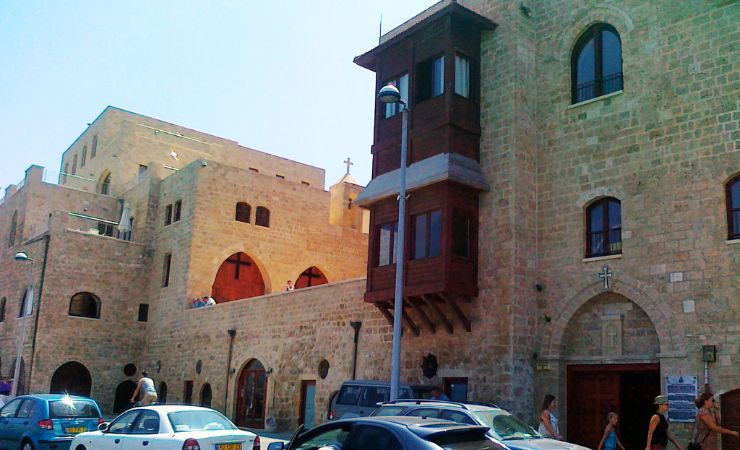The Tale of Apollonia (Arsuf): From Phoenicians to Crusaders
Apollonia, also known as Arsuf, is perched on a cliff overlooking the Mediterranean. Its ruins tell tales of civilizations that once thrived and battles that changed the course of history. The archeological ruins are part of the National Park Apollonia.
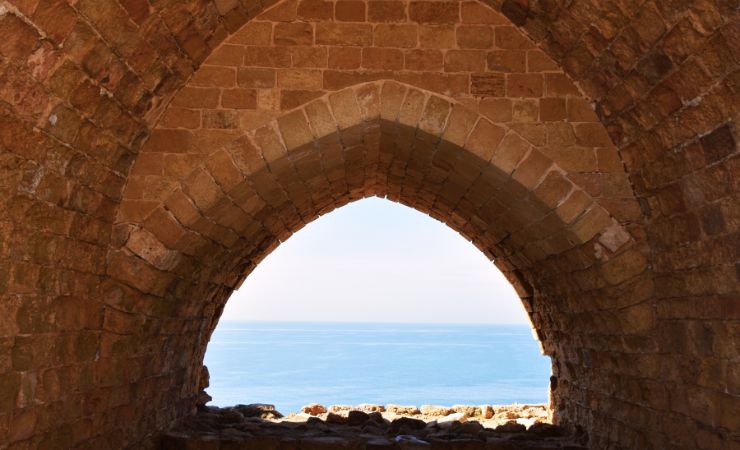
Location
Apollonia (Arsuf) is situated just north of Herzeliya’s coastline. The site offers a panoramic view of the sea.
Historical Context of Apollonia (Arsuf)
Apollonia was initially established by the Phoenicians and named Ashuf after the god of war, Reshef. The city later came under Greek influence. The Greeks, associating Reshef with their deity Apollo, renamed the city Apollonia. As time progressed, Apollonia saw the rise of the Roman and Byzantine empires, with the latter period marking its peak prosperity. The city’s harbor played a pivotal role in trade, especially during the Roman era. The Byzantine period saw the city renamed once again to Suzassa. The Muslims, who later conquered the city, restored its original name, Arsuf.
However, the city’s most tumultuous times were during the Crusader era, with the city changing hands multiple times between the Crusaders and the Muslims.
The Battle of Arsuf: A Detailed Account
The Battle of Arsuf, which took place on 7 September 1191, was a significant event during the Third Crusade. This battle saw the forces of Richard I of England, also known as Richard the Lionheart, clash with the army of the Ayyubid Sultanate led by the legendary Saladin.
Background
After the successful siege of Acre in July 1191, Richard I led the Crusader forces southward. Their objective was to march towards Jaffa and subsequently move inland to Jerusalem. As they advanced, Saladin’s forces continually harassed the Crusader army, attempting to halt their progress.
Both sides had formidable forces. Richard the Lionheart commanded an army of approximately 20,000 men, while Saladin’s forces were of a similar number.
Richard’s Strategy Won the Battle
Understanding the importance of keeping his army intact and avoiding a full-scale confrontation until favorable conditions were met, Richard employed a tactical approach. The Crusader army marched close to the sea-shore, with its right flank protected by Richard’s fleet. This formation prevented Saladin’s forces from launching a full-scale attack on the Crusaders. Richard’s disciplined troops maintained their formation, resisting Saladin’s provocations and waiting for the opportune moment to strike.
Saladin’s forces, attempting to break the Crusader’s formation, launched several attacks. However, Richard’s disciplined troops held firm. Recognizing the right moment, Richard ordered a cavalry charge that took Saladin’s army by surprise. The Ayyubid forces were unable to withstand the ferocity of the Crusader’s charge and were forced to retreat.
Aftermath
The Battle of Arsuf was a significant victory for the Crusaders. It showcased Richard the Lionheart’s military prowess and strategic acumen. While it didn’t lead to the recapture of Jerusalem, the battle bolstered the morale of the Crusader forces and marked a pivotal moment in the Third Crusade.
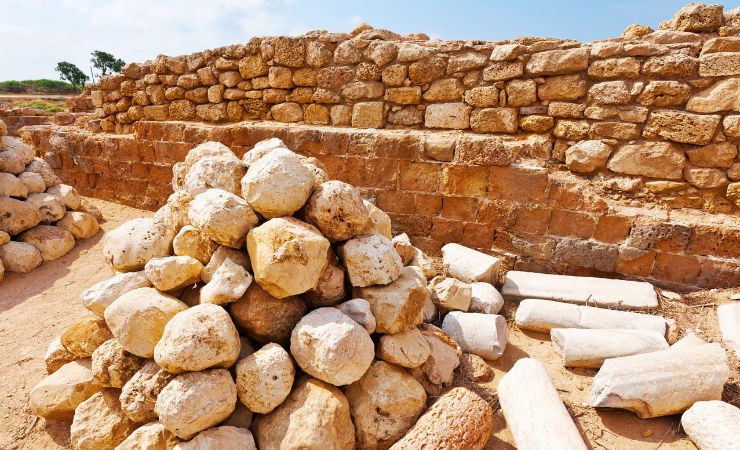
Archaeological Insights into Apollonia (Arsuf)
Crusader Castle
Apollonia is renowned for the remnants of a once-majestic Crusader castle. This castle was once the residence of the Knights Hospitaller. The castle’s strategic location on a cliff overlooking the Mediterranean Sea made it a formidable stronghold during the Crusader period. Today, visitors can witness the remains of this castle, including evidence from the final battle, and appreciate the grandeur and scale of this once-mighty fortress.
Roman Villa
Among the diverse archaeological finds at Arsuf is the remains of a Roman villa. This villa, dating back to the Roman era, is a testament to the luxury and architectural prowess of the time. It offers a glimpse into the opulent lifestyle of the Roman elite who once resided in Apollonia.
Phoenician Roots and Byzantine Prosperity
The site’s origins can be traced back to the Phoenicians, who established it in the 6th or 5th century BC. Over the years, Arsuf was occupied by various civilizations, including the Persians, Seleucid Greeks, Romans, and Byzantines. The Byzantine period marked a time of great prosperity for the city, which expanded to cover an area of about 70 acres. Archaeological excavations have revealed remnants of buildings, industrial installations, and an elaborate church from this era.
Crusader Town and Fortress
The Crusader influence on Arsuf is evident in the city’s architecture and layout. Large parts of the city were re-planned during the Crusader rule, with extensive fortifications, private and public buildings, and a castle being erected. The town’s abandonment after its destruction by the Mamluks has resulted in a unique archaeological setting where the Crusader layers remain largely undisturbed, making it a treasure trove for archaeological research.
Fortifications and Defense
The fortifications of Apollonia-Arsuf are a marvel of medieval military architecture. The city was protected by three layers of fortifications, including walls with towers and a vast moat. The outer fortification system consisted of a retaining wall with semi-circular towers equipped with loopholes for archers. A particularly broad moat, protected by a high counter scarp, added another layer of defense. The middle fortification system stood on a solid podium created by the outer wall. These fortifications, combined with the natural defense provided by the cliff, made Apollonia-Arsuf a formidable stronghold.
Nearby Sites
-
Sydna Ali Mosque: The Sydna Ali Mosque is a historical and religious landmark that was built in the 15th century. This mosque commemorates Ali Ibn Alim, a revered Muslim warrior believed to have fallen during a battle against the Crusaders.
-
Caesarea: A grand port city built by Herod the Great. You will be able to explore the Roman amphitheater, aqueducts, and the underwater archaeological park.
-
Tel Aviv Port: Known locally as “Namal Tel Aviv,” the Tel Aviv Port is a bustling waterfront area in Israel’s vibrant city that offers a mix of shopping, dining, and entertainment options.

